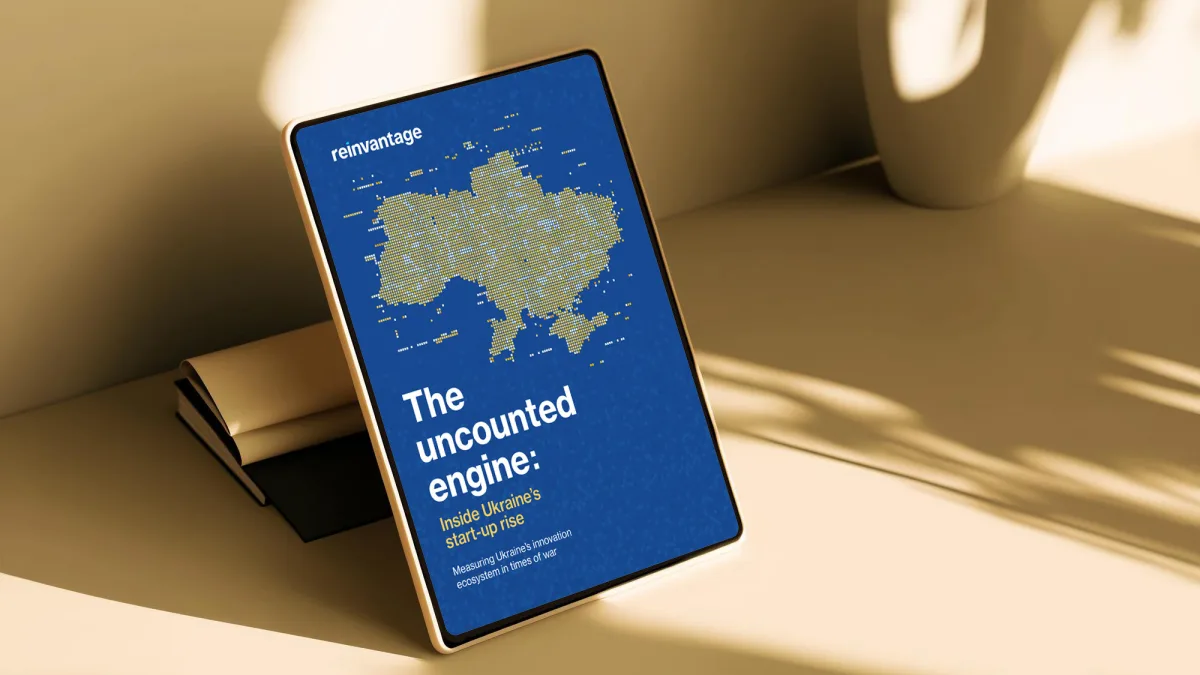Every company talks about reinvention. Few actually practise it—especially those which need it most.
I’ve had run-ins recently with three household names—Microsoft, Three, and American Express, all of which reminded me just how easy it is for large organisations to confuse ‘having processes’ with ‘being effective’.
Let’s start with Microsoft. Our request was simple: change the root URL of our SharePoint account to reflect our new brand. The answer? Impossible—unless I used a Windows PC and PowerShell. On a Mac, it simply can’t be done. And not because of a technical impossibility, but because the system was never designed to accommodate that reality. The entire exchange—multiple emails, polite apologies, and an eventual archive of the request—was a masterclass in how legacy systems survive by outsourcing the problem back to the customer.
Then there was Three (Hutchingson 3G), which managed to turn closing an account into a ten-week ordeal. I was no longer a customer, but the firm still charged me 400 UK pounds for an early termination fee it had already waived, and reported me to credit agencies for non-payment. Multiple assurances contradicted by multiple automated emails and live agents who ‘understood my concern’ and apologised for it instead of fixing it. The left hand didn’t just not know what the right hand was doing—it seemed to have forgotten it existed.
And then American Express. I was asked to email certain documents. I asked for a confirmation of receipt. That couldn’t be done—not because they didn’t want to, but because they didn’t have a template for doing so. The official workaround? If I received a future message marked ‘contact us urgently’, that would mean the documents had arrived safely.
Yes, you read that right: in this system, a delayed panic request is the sign everything is fine.
Losing the capacity to adapt
Individually, these are frustrating episodes. Together, they paint a bigger picture of what happens when organisations stop examining how they work.
Each of these companies is large, profitable, and well-resourced. Each of them talks about innovation and future-readiness. Yet in practice, they operate like machines optimised for inertia: systems built to protect the way things have always been done, not to question them. Their ‘processes’ have become more important than the outcomes they were designed to achieve.
The lesson here isn’t just about customer service—it’s about vision. A company that can’t see the absurdities in its own operations is a company losing its capacity to adapt.
If you can’t reinvent at the edges—in the small interactions, the simple requests—what hope do you have of reinventing at the core?
Reinvention is not a slogan. It’s a discipline. It’s the ongoing, sometimes uncomfortable work of looking at your own systems and asking: Does this still make sense? Does it still serve the purpose we built it for? Or are we just maintaining it because it’s there?
For these giants, the irony is that they have the resources to fix the issues—but perhaps not the culture.
Reinvention starts with noticing the friction you’ve stopped feeling, because it’s become part of the wallpaper. And that takes more than quarterly results or a transformation programme. It takes curiosity and humility.
Because if you can’t rethink the small things, eventually they’ll become the big things. And by then, it’s not just your SharePoint URL, your billing process, or your email template that’s outdated—it’s your relevance.
Photo: Dreamstime.







